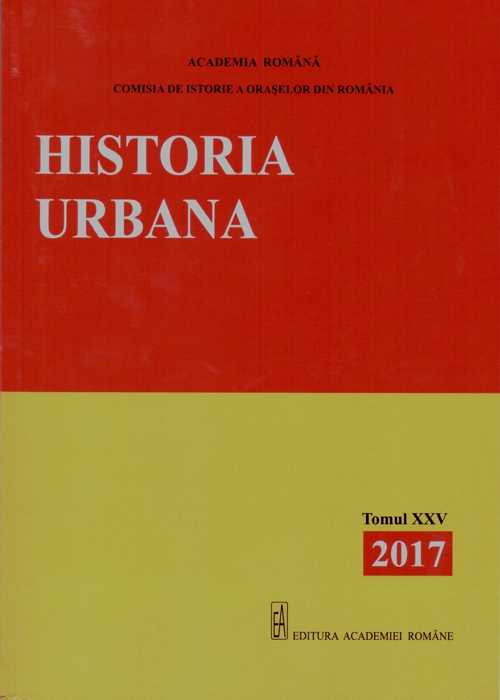Arhitectul Statie Ciortan – promotor al unui program de arhitectură cu caracter administrativ
Arhitect Statie Ciortan – Promoter of an Administrative Nature Architectural Program
Author(s): Valeriu-Eugen DrăganSubject(s): Architecture, Interwar Period (1920 - 1939)
Published by: Editura Academiei Române
Keywords: Statie Ciortan; Neo-Romanian style; financial administrations buildings; architectural programs; inter-bellum period architecture;
Summary/Abstract: One of Ion Mincu’s disciples, architect Statie (State) Ciortan (1876–1940) belongs to the second wave of Neo-Romanian style leading figures. Although he is one of the top fellow professionals, his name – linked to buildings destined to financial public administration – is often mentioned in various name lists, among other architects who promoted the above mentioned style, under the quite ungrateful label among others. Rarely are his innovative contributions to the field of urbanism referred to, partly because it is are perhaps considered less spectacular or less ample than other interventions from the same time period. Never has Statie Ciortan’s role in structuring and defining an administrative nature architectural program been highlighted. Quite on the contrary, his mark has been diminished, some of the administrative financial buildings being considered merely standard projects. It is not our main objective to elucidate this situation, which to some extent casts a shadow on the work of an important architect from the inter-war period. However, we do have the responsibility to at least attempt to clarify the frame of mind on which his work is based – in that epoch context – and whose value is only tacitly, indirectly acknowledged through the use of the said buildings for new purposes, different from the original ones, considered nowadays even more important.
Journal: Historia Urbana
- Issue Year: XXV/2017
- Issue No: 25
- Page Range: 217-233
- Page Count: 18
- Language: Romanian
- Content File-PDF

